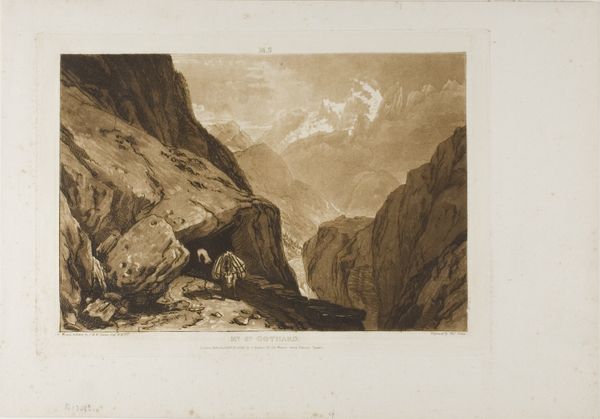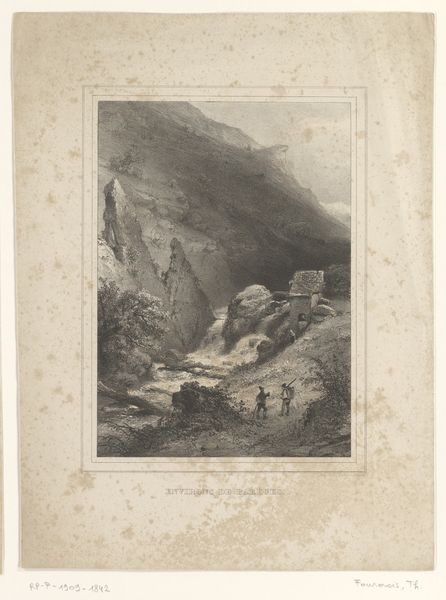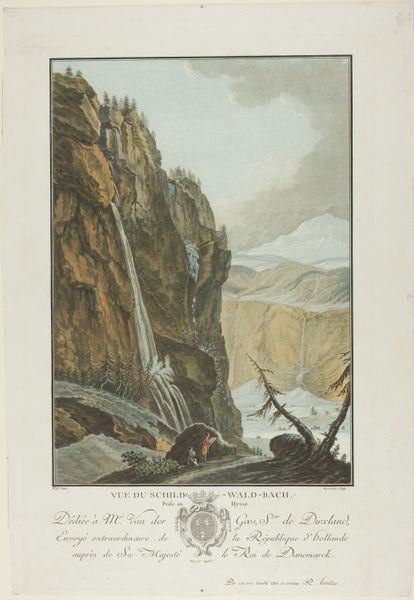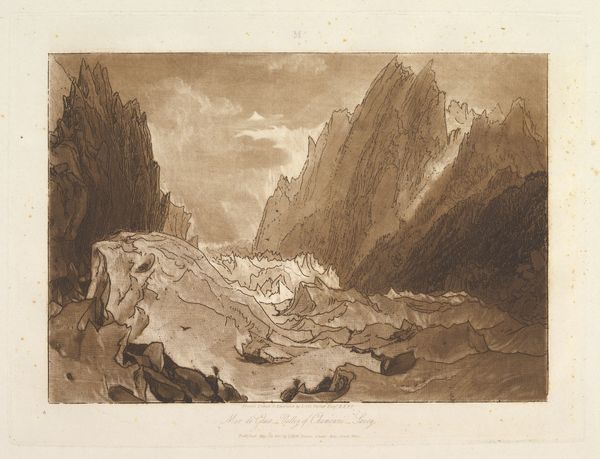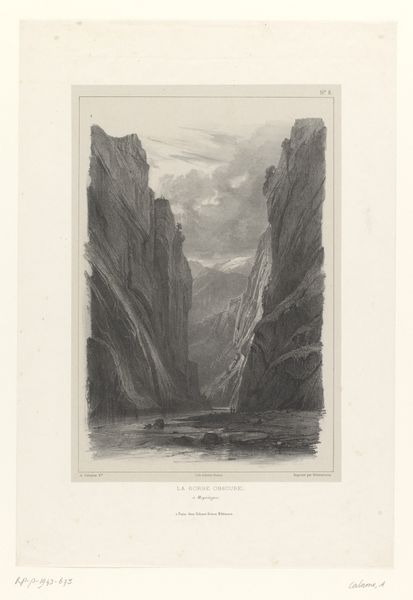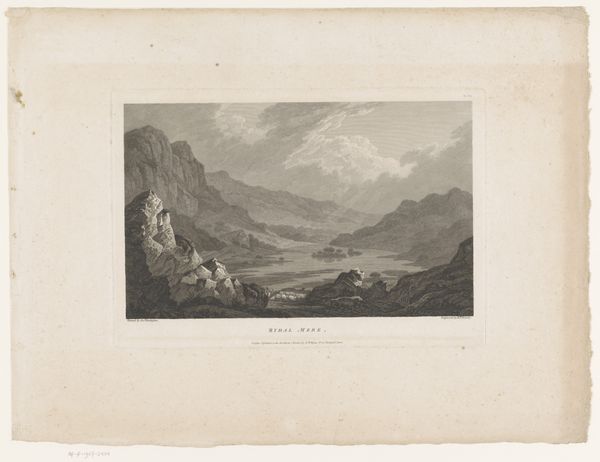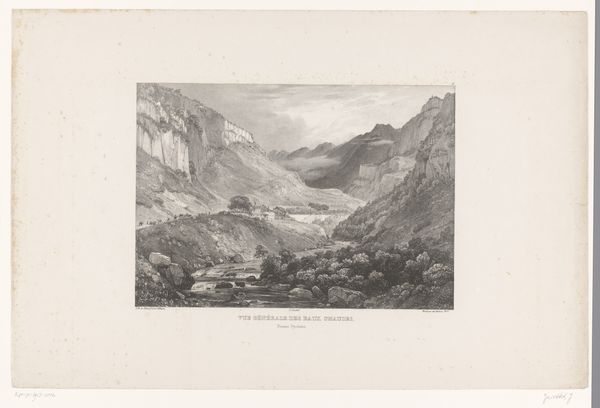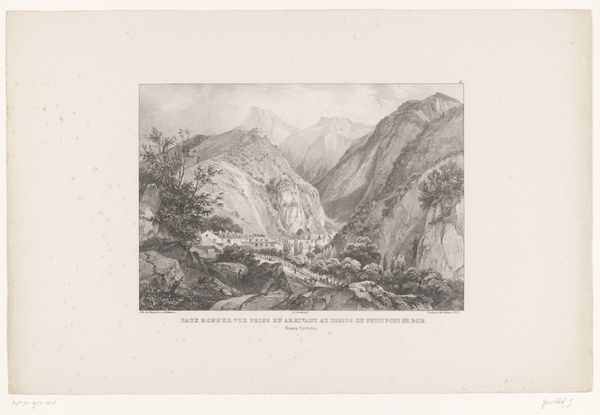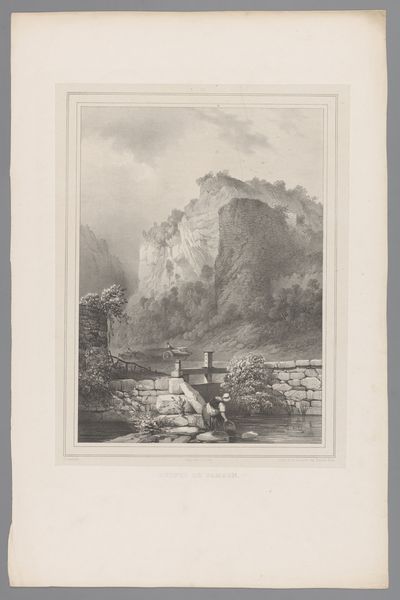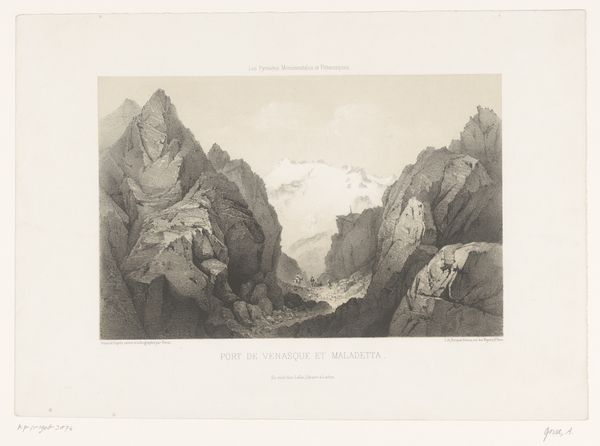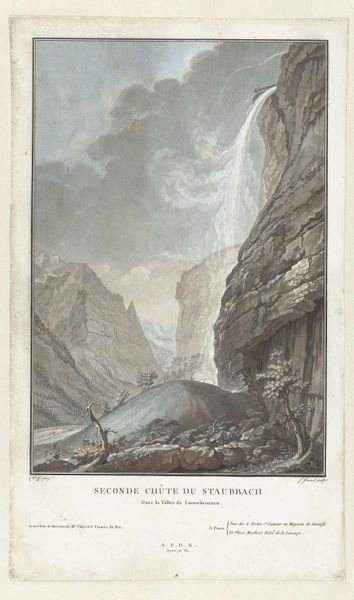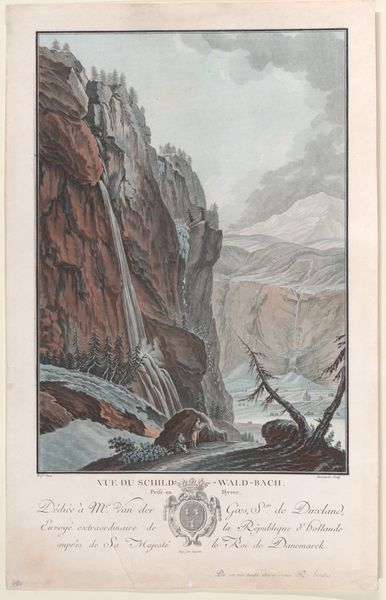
print, etching
# print
#
etching
#
landscape
#
romanticism
Dimensions: 4 3/8 x 10 3/8 in. (11.11 x 26.35 cm) (plate)
Copyright: Public Domain
Editor: This is "Winchelsea Marshes," a 19th-century etching by Frank Short, currently at the Minneapolis Institute of Art. There's a stillness to it, a sort of muted grandeur evoked through the tonal range of the etching. What do you see in this piece from a formalist perspective? Curator: Intriguing choice. From a formalist view, the relationship between the light and dark tones is paramount. Observe how the artist employs hatching and cross-hatching to generate texture, depth, and that muted light you mentioned. Note particularly the way Short articulates the marshes themselves. Do you see a recurring pattern or organizing principle in how these marks are laid out? Editor: I see a repetition of horizontal lines and curves that really define the landscape and draw the eye across the image, suggesting space and atmosphere. It almost looks layered. Curator: Precisely. Now, consider the composition as a whole. How does Short use the various shapes and forms, like the pools of water, to construct a coherent visual language? Is there a harmony of line, or perhaps a deliberate disruption? Editor: I would say there's harmony, but it is understated. The use of similar tonalities across the image creates a cohesive scene where all parts support each other. Curator: Indeed. So, if we focus solely on these internal relationships - tone, line, composition - and resist any biographical or historical interpretation, what statement, if any, does the work make on its own terms? Editor: That is tough, but I'd say its very essence embodies pictorial harmony, that all things can exist in synchronicity, even marshes which are full of complexities in nature. It presents a self-contained visual world defined by order. I can see why Formalism is all about seeing with your eyes rather than historical analysis. Curator: A rewarding observation. Formalism provides a language for discussing visual art in its own terms, divorced from external considerations. It is a lens that allows us to understand art for art’s sake.
Comments
No comments
Be the first to comment and join the conversation on the ultimate creative platform.
